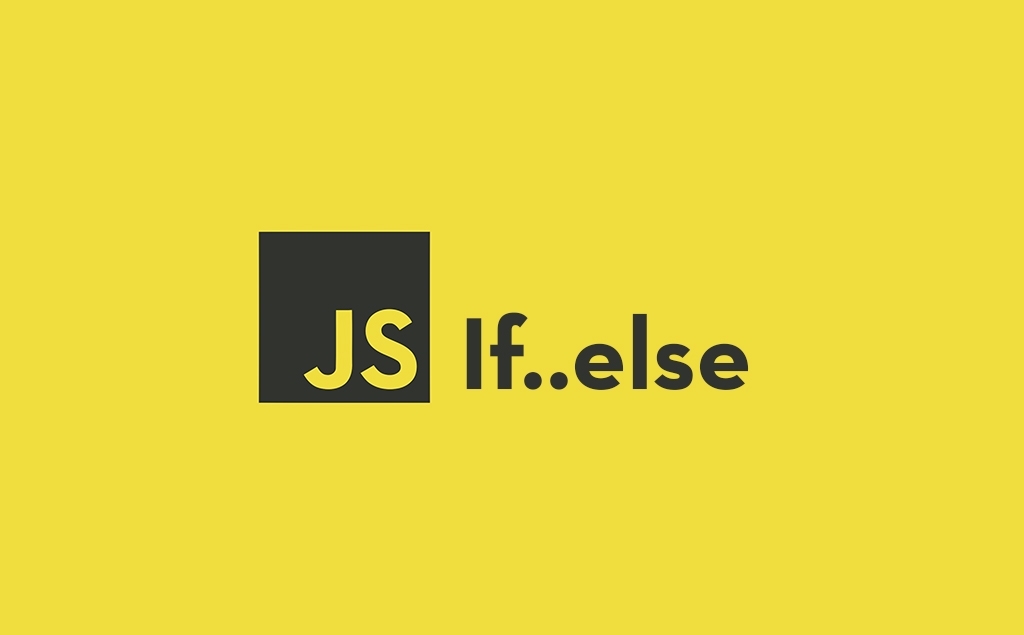Mastering JavaScript: The else Statement Explained
 Anmol singh
Anmol singh
Understanding the else Statement in JavaScript
The else statement in JavaScript is a default fallback mechanism that executes when all preceding conditions in an if-else structure evaluate to false. Unlike if and else if, the else block does not check any condition—it simply runs the code inside if none of the earlier conditions are met.
Key Characteristics of the else Statement
No Conditions Checked: The
elseblock runs unconditionally when no prioriforelse ifconditions are true.Fallback Behavior: It acts as a default action, ensuring your program can handle unexpected or unaccounted-for cases.
Mutually Exclusive: If any prior condition is
true, theelseblock is skipped entirely.
Syntax
if (condition) {
// Code to execute if condition is true
} else {
// Code to execute if the condition is false
}
Practical Examples of the else Statement
Example 1: Voting Eligibility Check
Let’s determine if a person is eligible to vote based on their age:
Code
let age = 18;
if (age >= 18) {
console.log("You can vote.");
} else {
console.log("You cannot vote.");
}
Explanation
If the
ageis 18 or greater, the program will print"You can vote."If the
ageis less than 18, the program will print"You cannot vote."
Output when age = 18:
CopyEditYou can vote.
Output when age = 14:
CopyEditYou cannot vote.
Example 2: Traffic Light System
Simulate a traffic light system that provides instructions based on the light's color:
Code
let color = "blue";
if (color === "red") {
console.log("Stop");
} else if (color === "yellow") {
console.log("Slow down");
} else if (color === "green") {
console.log("Go");
} else {
console.log("Traffic light is broken.");
}
Explanation
If the color is
"red","yellow", or"green", specific instructions will be provided.If the color does not match any of the known values, the
elseblock executes, assuming the traffic light is malfunctioning.
Output when color = "red":
vbnetCopyEditStop
Output when color = "blue":
csharpCopyEditTraffic light is broken.
Advanced Use Case: Categorizing Numbers
Let’s classify a number as positive, negative, or zero:
Code
let number = -10;
if (number > 0) {
console.log("The number is positive.");
} else if (number < 0) {
console.log("The number is negative.");
} else {
console.log("The number is zero.");
}
Output when number = 10:
csharpCopyEditThe number is positive.
Output when number = -10:
csharpCopyEditThe number is negative.
Output when number = 0:
csharpCopyEditThe number is zero.
Benefits of the else Statement
Error Handling: It acts as a safety net for unexpected input or situations.
Cleaner Code: Reduces the need for repetitive conditions or additional checks.
Improves Logic Flow: Ensures your program handles all possible scenarios, even unanticipated ones.
Best Practices for Using else
Avoid Overuse: Only use
elsewhen it adds clarity to your code. Unnecessaryelsestatements can clutter logic.Combine with
if-else if: Use theelseblock as a final catch-all when specific conditions are handled in precedingifandelse ifblocks.Handle Edge Cases: Ensure the
elseblock appropriately addresses unexpected inputs or system states.
Subscribe to my newsletter
Read articles from Anmol singh directly inside your inbox. Subscribe to the newsletter, and don't miss out.
Written by
